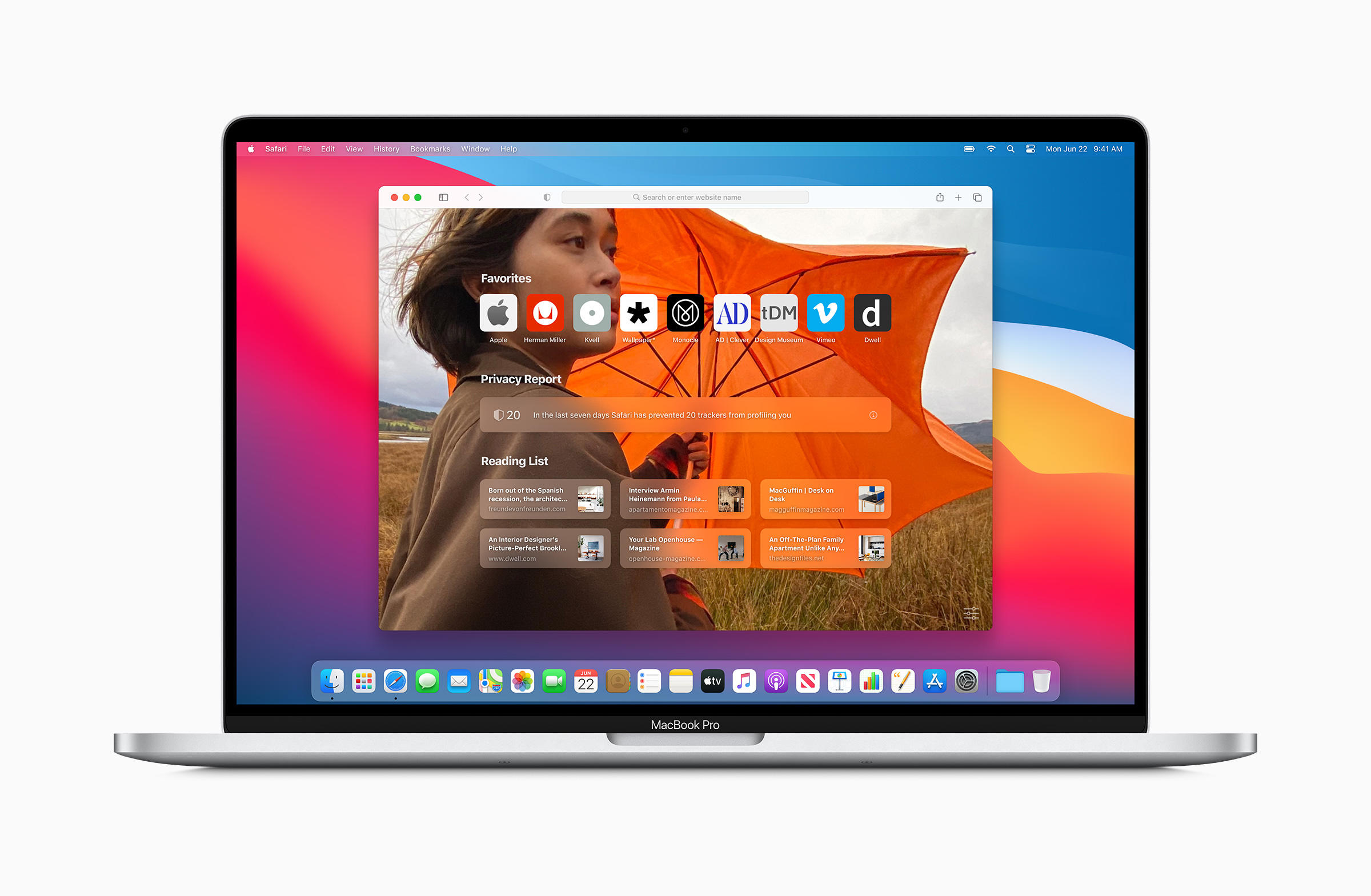Navigating the Depths Advanced Techniques and Strategies for Effective Biofouling Inspection and Management
Biofouling refers to the accumulation of microorganisms, plants, algae, or animals on wetted surfaces, particularly in marine environments. This natural phenomenon can have significant economic and environmental impacts, especially on marine structures and vessels. Biofouling inspection is a critical process that helps in identifying and managing the growth of these organisms to maintain the efficiency and longevity of marine assets.

Biofouling refers to the accumulation of microorganisms, plants, algae, or animals on wetted surfaces, particularly in marine environments. This natural phenomenon can have significant economic and environmental impacts, especially on marine structures and vessels. Biofouling inspection is a critical process that helps in identifying and managing the growth of these organisms to maintain the efficiency and longevity of marine assets.
Types of Biofouling
Biofouling can be broadly categorized into two types: microfouling and macrofouling. Microfouling involves the formation of biofilms by bacteria and diatoms, which can lead to the deterioration of surfaces. Macrofouling, on the other hand, includes larger organisms such as barnacles, mussels, and algae, which can cause significant drag and structural damage.
Methods of Biofouling Inspection
Several methods are employed for biofouling inspection, each with its own advantages and limitations. Visual inspection is the most straightforward approach, often conducted by divers or using underwater cameras. Remotely Operated Vehicles (ROVs) equipped with cameras and sensors can access hard-to-reach areas and provide detailed images of fouling. Ultrasonic testing is another method that uses sound waves to detect fouling layers on submerged surfaces. Sampling and laboratory analysis involve collecting biofouling specimens for detailed study, providing insights into the types and extent of fouling organisms.
Technologies and Tools for Inspection
Advancements in technology have led to the development of sophisticated tools for biofouling inspection. Advanced imaging techniques, such as high-resolution cameras and 3D imaging, offer detailed visual data. Sensors and monitoring systems can be deployed to continuously track fouling growth and environmental conditions. Data analysis software plays a crucial role in processing and interpreting the collected data, enabling informed decision-making.
Challenges in Biofouling Inspection
Despite the availability of various inspection methods, several challenges persist. The accessibility of submerged structures, especially in deep waters, can be a significant hurdle. The variability in fouling organisms and their growth patterns adds complexity to the inspection process. Additionally, environmental and regulatory considerations must be taken into account to ensure that inspection methods do not harm marine ecosystems.
Preventive Measures and Maintenance
Preventing biofouling is often more cost-effective than dealing with its consequences. Anti-fouling coatings, which release biocides or create a slippery surface, are commonly used to deter fouling organisms. Regular cleaning schedules help in maintaining the integrity of marine structures. The use of biofouling-resistant materials, such as certain polymers and composites, can also reduce the likelihood of fouling.
Case Studies
Several case studies highlight the importance of effective biofouling inspection and management. For instance, the successful use of ROVs in inspecting offshore oil platforms has demonstrated the value of advanced technology in maintaining structural integrity. Another example is the implementation of regular cleaning schedules for ship hulls, which has significantly reduced fuel consumption and operational costs.
Future Trends and Innovations
The future of biofouling inspection lies in the development of new technologies and sustainable solutions. Innovations such as AI and machine learning are being integrated into inspection systems to enhance the accuracy and efficiency of fouling detection. Research is also focused on creating eco-friendly anti-fouling coatings that minimize environmental impact while providing effective protection.
Conclusion
Biofouling inspection is a vital process for maintaining the efficiency and longevity of marine structures and vessels. With the continuous advancement of inspection technologies and the development of sustainable solutions, the management of biofouling is becoming more effective and environmentally friendly. Ongoing research and innovation are essential to address the challenges posed by biofouling and to ensure the sustainable use of marine resources.
What's Your Reaction?



















